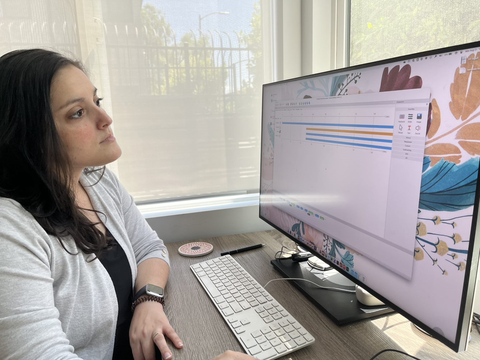
There are highly specialized experts in this world who can match the crevices in your ear with the ones in a grainy photo. NIST researcher Carina Hahn is part of a team evaluating their decisions.
Human facial forensic examiners are trained to determine whether an image depicts a specific person or not. This may take the form of identifying suspects of a crime from security camera footage, or processing visa applications to determine if a person flagged by a computer system is correctly identified.
These are meticulous professionals who pay attention to the tiniest of details in the face. They can also determine whether an image is unusable to determine someone’s identity.
But how do they come to their decisions? That’s just what Carina seeks to find out.
Carina and her colleagues at NIST are building experiments to measure the examiners’ accuracy and confidence in their decisions.
- What factors contribute to the decision?
- Which facial features do the examiners consider most important?
- Can we combine decisions from multiple examiners to boost accuracy?
The team’s research focus includes all these questions and more, as we go behind the scenes of this particular field in forensic science.
Follow us on social media for more like this from all across NIST!

